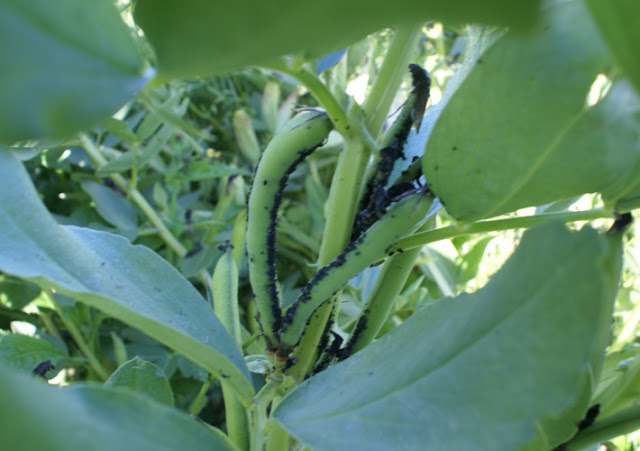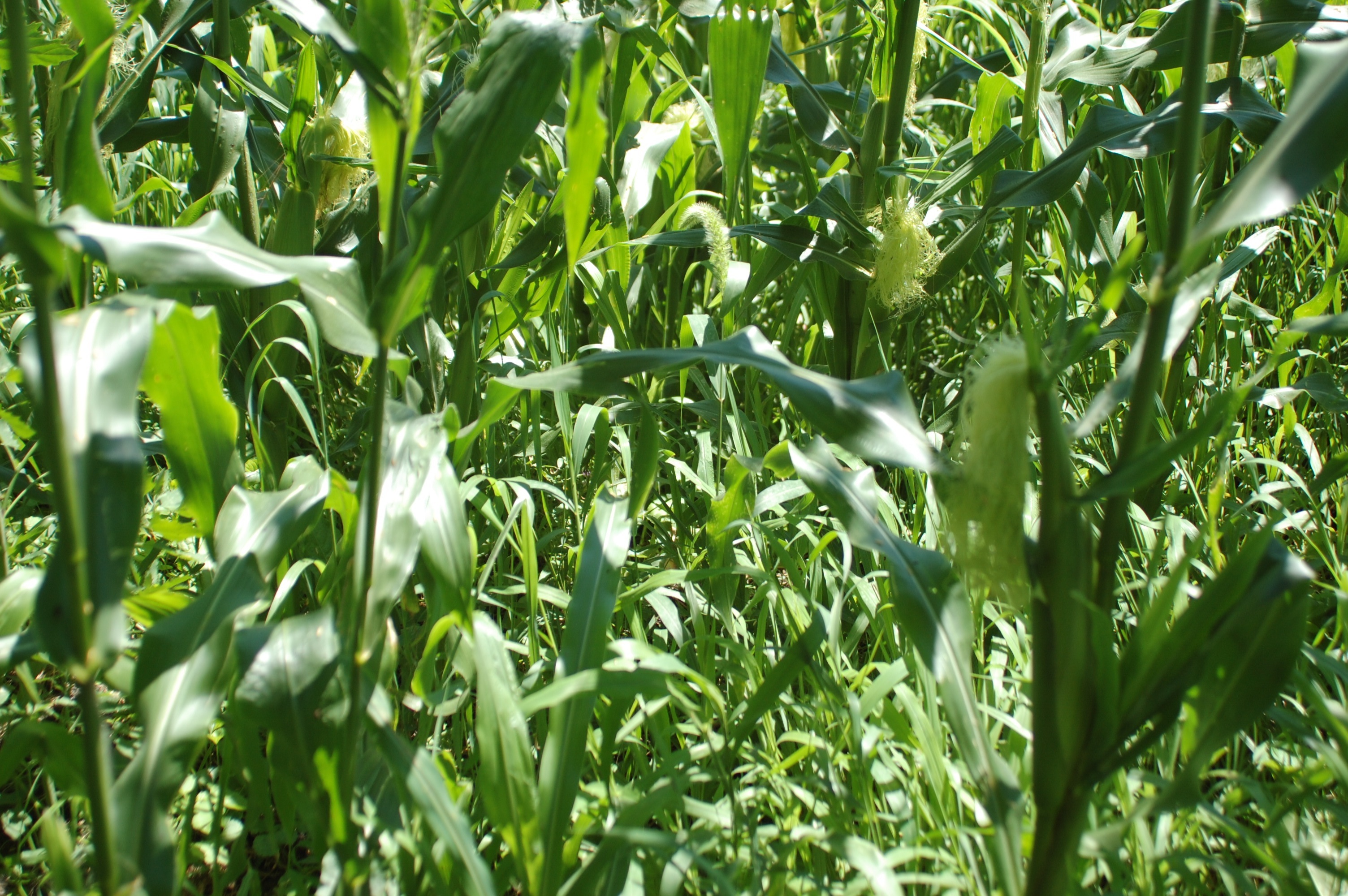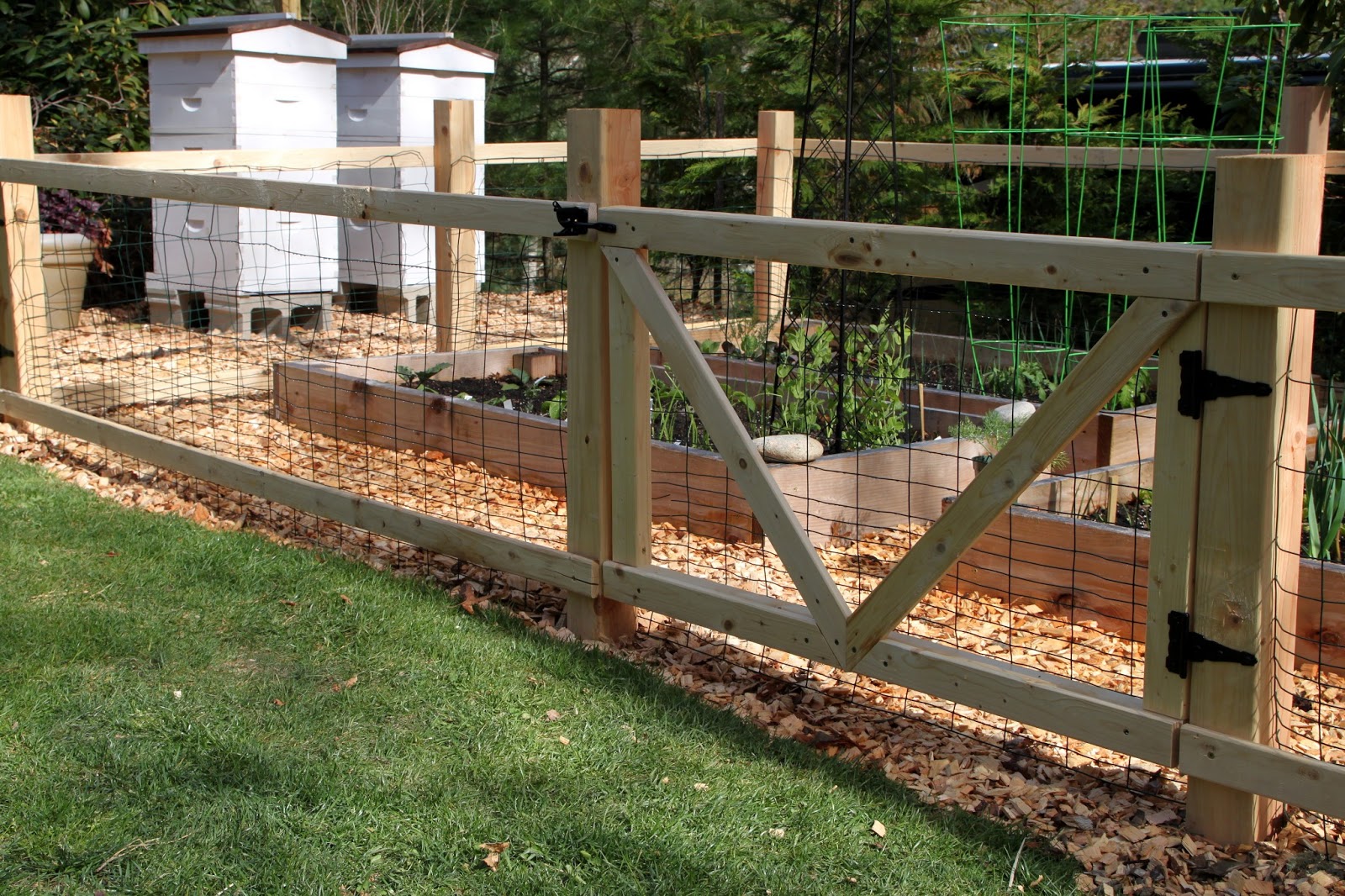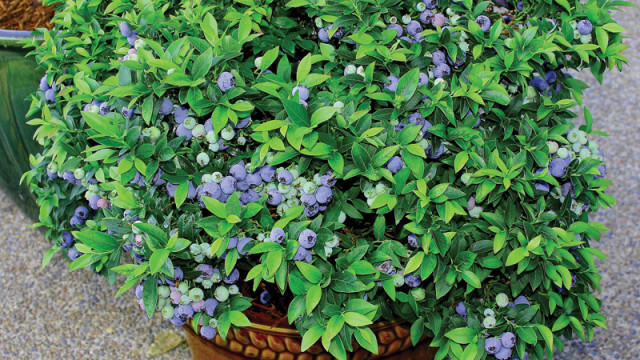Black Fly Control
If you have been growing fava beans then it’s likely that you have run into black flies. Black flies love to damage fava bean plants and ruin your production. But there are a few simple ways to fight back if you notice an infection and even measures you can take to prevent your plants from ever … Read more








